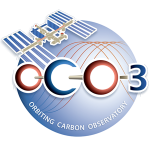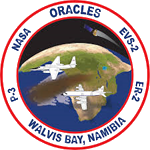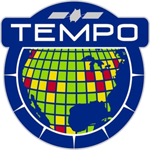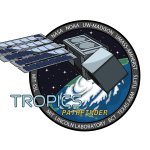
Geostationary Carbon Cycle Observatory (GeoCarb)
by @GeoCarb22
https://www.ou.edu/geocarb
Paving the Way for Future Earth Science Missions
GeoCarb’s mission is to study Earth’s carbon cycle: The exchange of carbon among land, ocean, plants and animals, via processes like respiration and photosynthesis from the biosphere and burning fossil fuels. Carbon is the foundation of all life on Earth and understanding its circulation throughout the Earth system is crucial for understanding ecosystem health and services, ocean biodiversity and acidity, crop production, climate change and much more.
“Because the GeoCarb Mission provides persistent daytime measurements from a geostationary orbit of the concentration of the three important carbon gases: carbon dioxide, methane, and carbon dioxide every day under changing conditions at fine spatial scales that it will provide the information needed for breakthrough investigations into the global carbon cycle. In sum, GeoCarb will provide the basis for a transformational improvement in our understanding of the carbon cycle, and it will demonstrate an effective approach to monitoring CO2 and CH4, the two most important greenhouse gasses that is synergistic with greenhouse gas measurements from low Earth orbit by missions such as OCO-2, OCO-3, GOSAT, and GOSAT-2.” – Berrien Moore, GeoCarb Principal Investigator
GeoCarb will focus on two aspects of the carbon cycle. By measuring the daily concentration of carbon dioxide, methane and carbon monoxide over North and South America, GeoCarb will track changes in these gases over time, yielding insights into where carbon is being absorbed or released into the atmosphere. The mission will also measure solar-induced fluorescence – a faint red or infrared glow emitted by plants during photosynthesis. Together, these measurements will give scientists a clearer picture of how plants absorb and release carbon as they “breathe” during daily photosynthesis – and how this process is changing over time.
GeoCarb’s instrument is a spectrometer, which measures the wavelengths of incoming light to determine composition of gases and other atmospheric state variables. GeoCarb’s four measured wavelength regions allow it to measure the three greenhouse gases (carbon dioxide, methane and carbon monoxide), as well as oxygen, which helps the team calculate the mixing ratio (column concentrations) of gases in the atmospheric column. The channel used to obtain oxygen concentrations also procies a measure of solar-induced fluorescence and other atmospheric characteristics. Understanding the role of plant photosynthesis in the carbon cycle will help scientists predict how atmospheric carbon concentrations could affect climate and other Earth systems in the future.


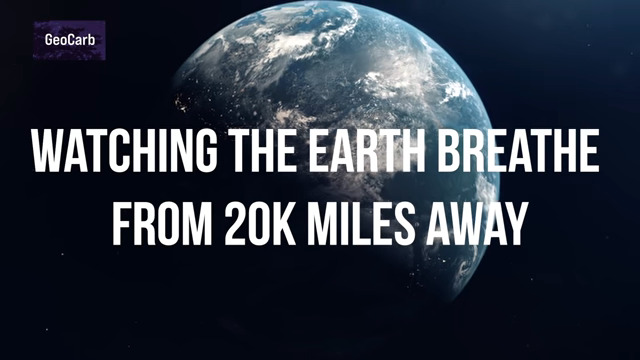
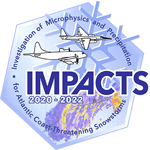
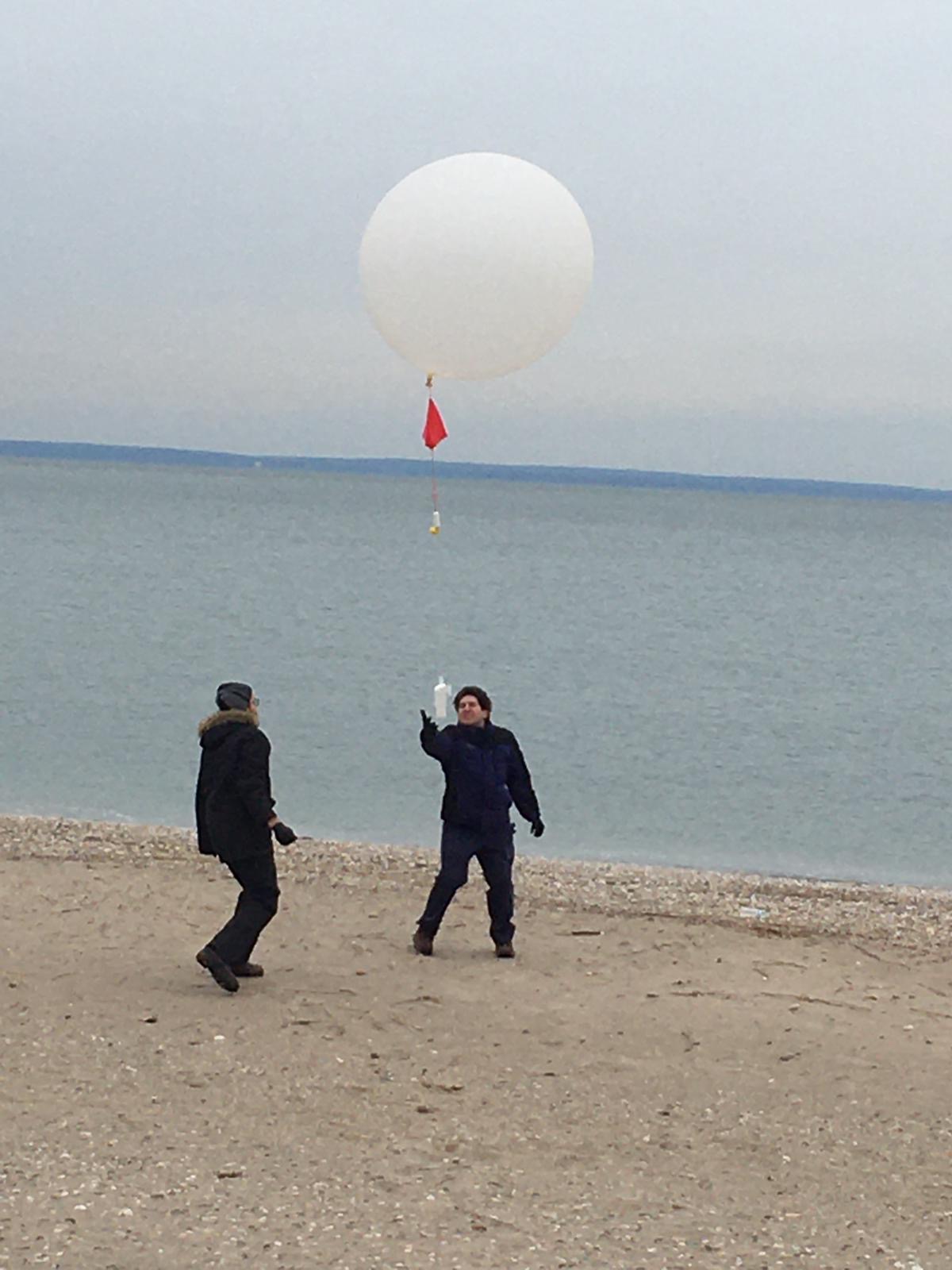
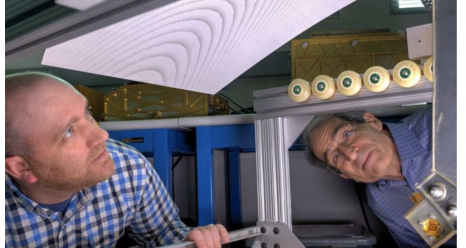
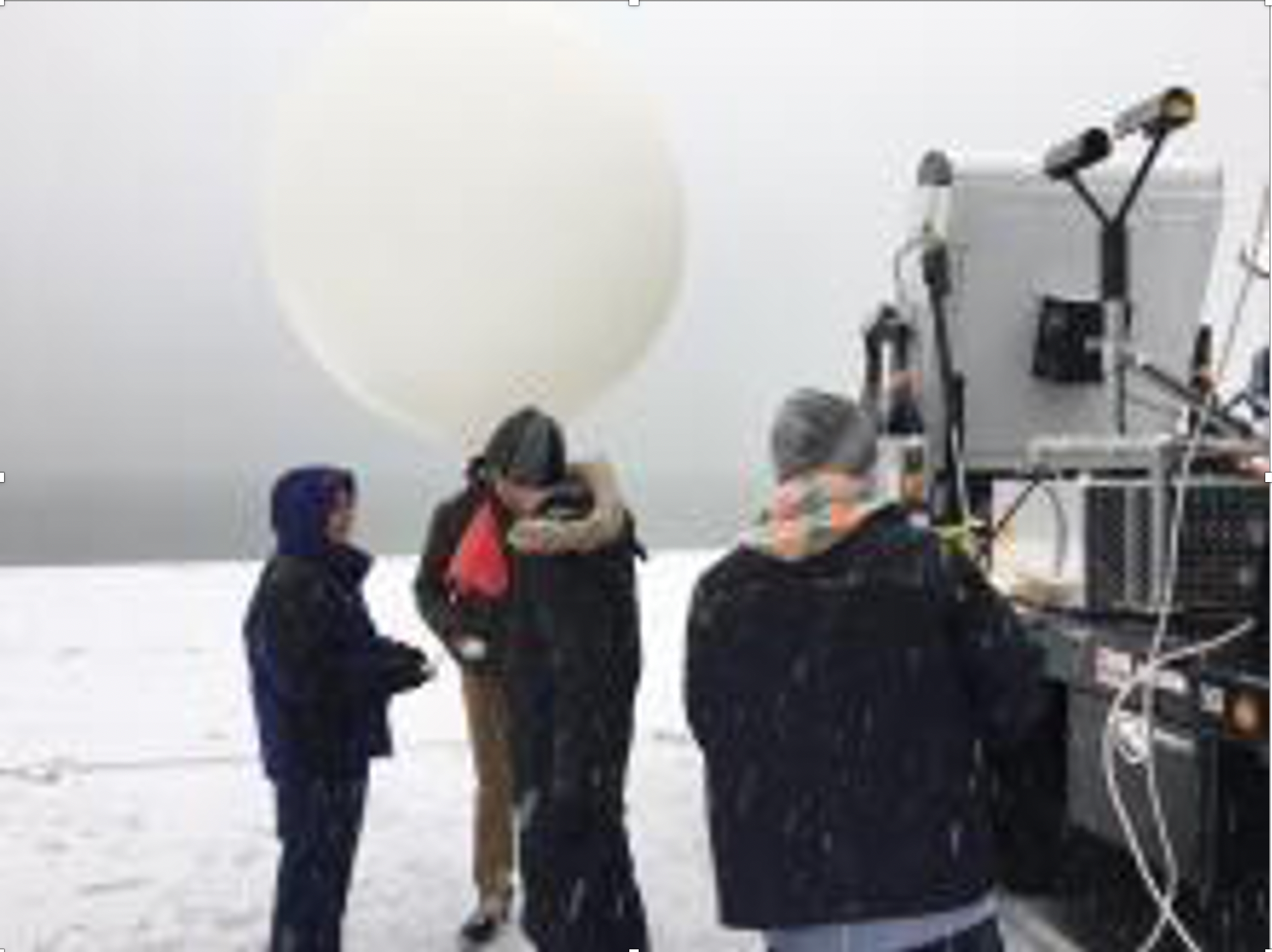

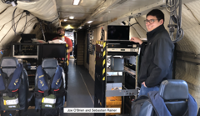
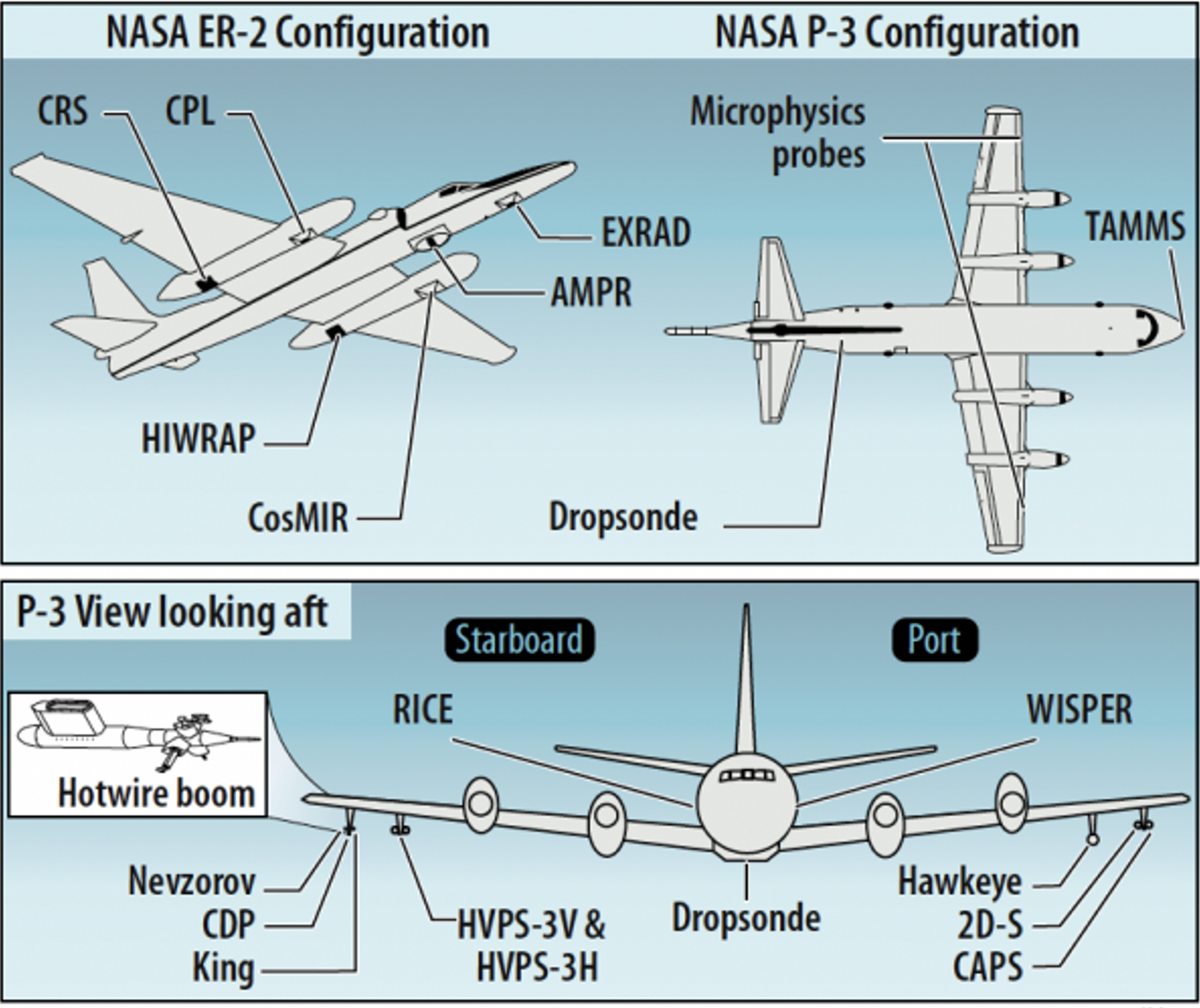
















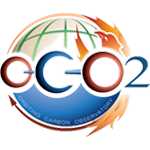 Orbiting Carbon Observatory (OCO2/OCO3)
Orbiting Carbon Observatory (OCO2/OCO3)